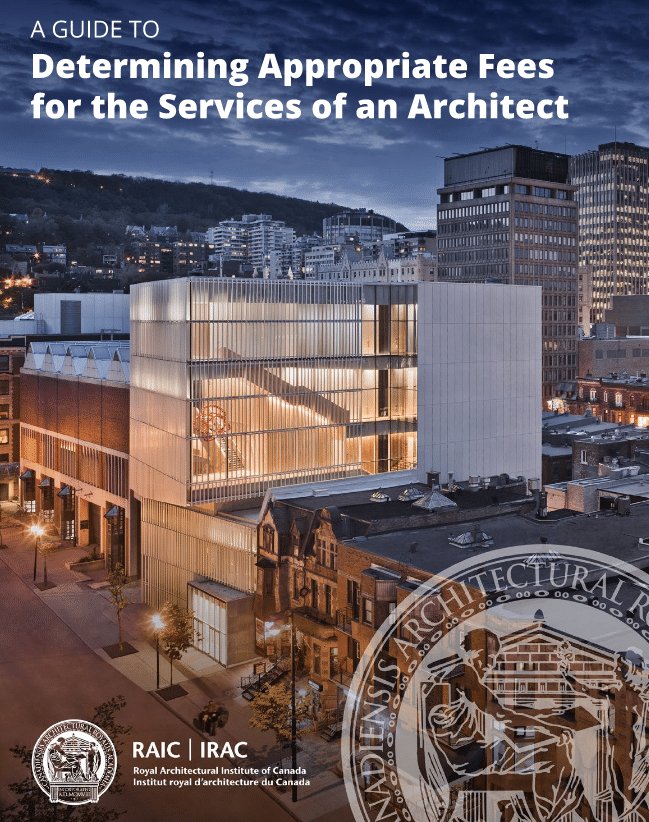“Architecture is the sole profession whose members are qualified to design and provide advice, including technical and aesthetic judgment, on the built environment.” (pp.9)
Architects have a significant role in shaping various aspects of society and the built environment but enhancing the quality of life is the ir main priority in any project. Within the repertoire of many different skills, the aim of the architect is to always deliver the project in time and on budget. The ability to multitask through various project managements skills to understanding the values of sustainability or the methods of preserving cultural heritage while still fostering economic development. This write will go through a brief description of the common methods to engage an architect or some of the contractual obligations between an architect and a client.
Establishing clear goals and project guidelines will save the client and the architect immense time, money and relationships. Fees for an architect can vary widely depending on a number of factors, such as the scope and complexity of the project, the experience and qualifications of the architect, and the geographic location of the project. Some architects charge a flat fee for their services, while others charge an hourly rate or a percentage of the total project cost.
In general, for a residential project in North America, the fees for an architect can range from 10% to 20% of the total construction cost, although this can vary depending on the specific project and the architect’s experience and reputation.
It’s important to discuss fees and payment structures with your architect upfront, as well as any additional expenses that may be incurred during the project, such as permit fees, engineering fees, and construction administration fees. This will help you budget appropriately for your project and avoid any unexpected expenses.
Here is a detailed example of Architect Fees for Designing a two-storey house with Unique Design Elements:
-
-
-
- Square Footage: 2,500 square feet Architect’s
- Fee: 12% of the total construction cost
- Construction Cost: $750,000
- Architect’s Fee: $90,000
The architect’s fee in this example is 12% of the total construction cost, which is slightly higher than the industry average of 10-20%. This is because the design includes unique elements that require additional time and attention from the architect.
In addition to the base fee, the architect may charge additional fees for the following unique design elements:
-
-
-
- Custom-Built Staircase: $15,000 – $25,000
- Unique Exterior Façade Design: $20,000 – $30,000
- High-End Finishes and Materials: $15,000 – $25,000
- These additional fees would be added to the base fee of $90,000, resulting in a total fee of $155,000 to $200,000.
It’s important to note that these are just examples and the fees for designing a two-storey house with unique design elements can vary widely based on a number of factors, such as the complexity of the design, the level of customization required, and the geographic location. When working with an architect, it’s important to obtain a detailed fee proposal that outlines all of the services that will be provided and the associated fees, to ensure that the project stays on budget.



